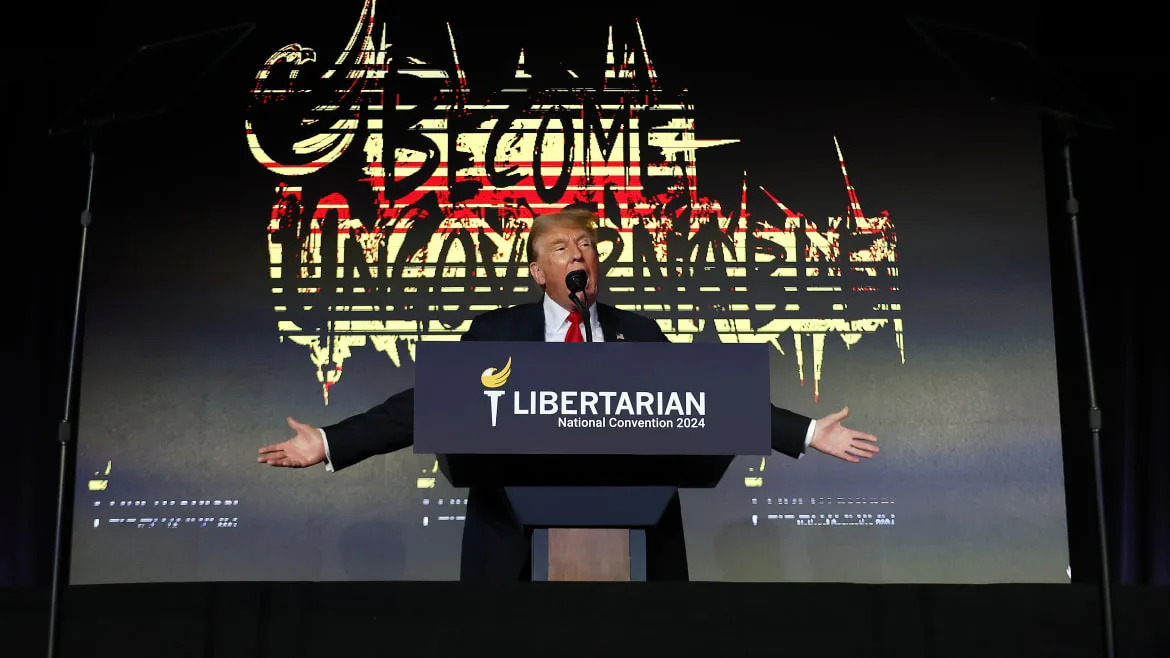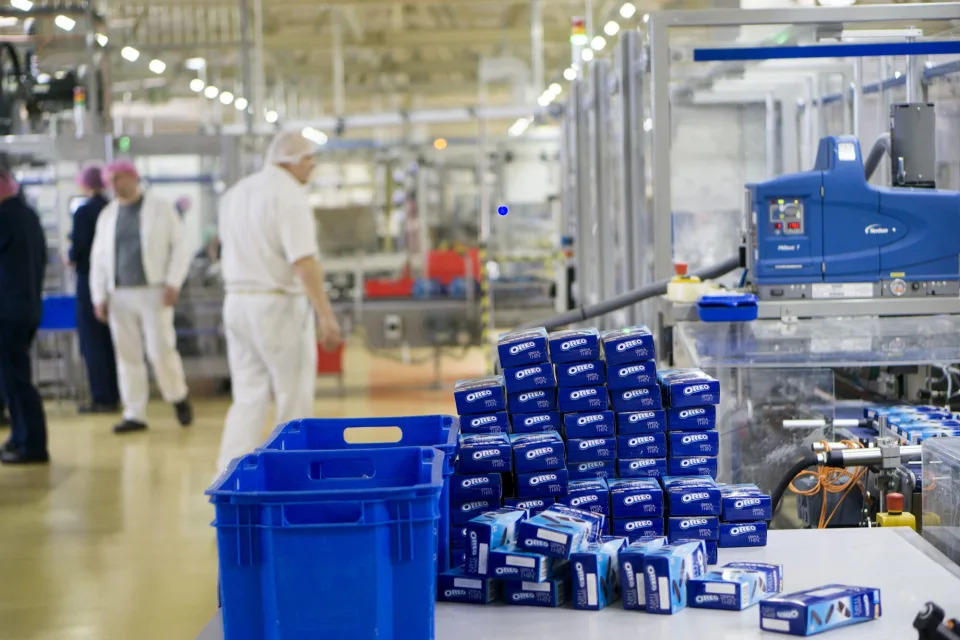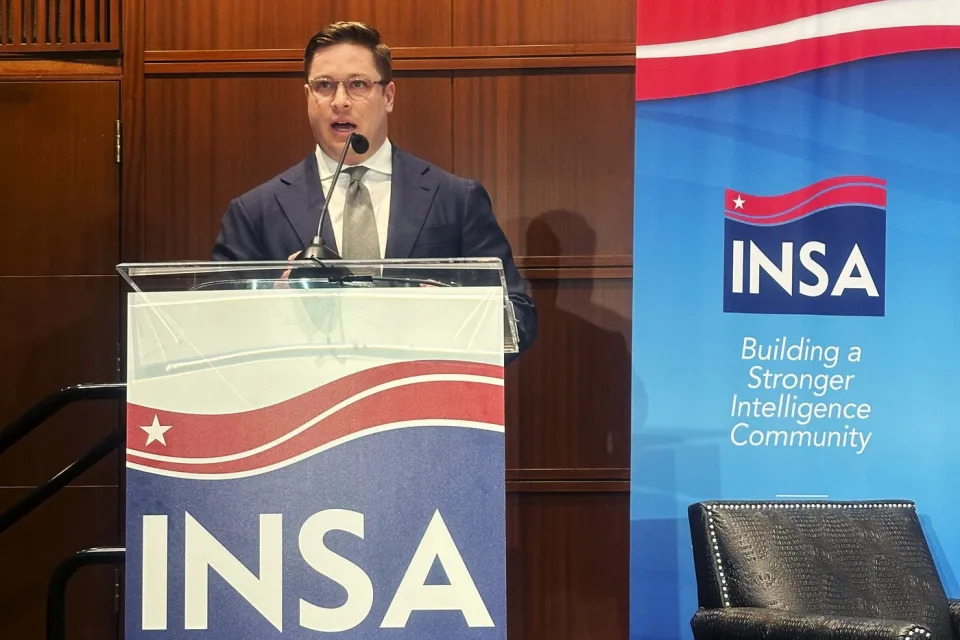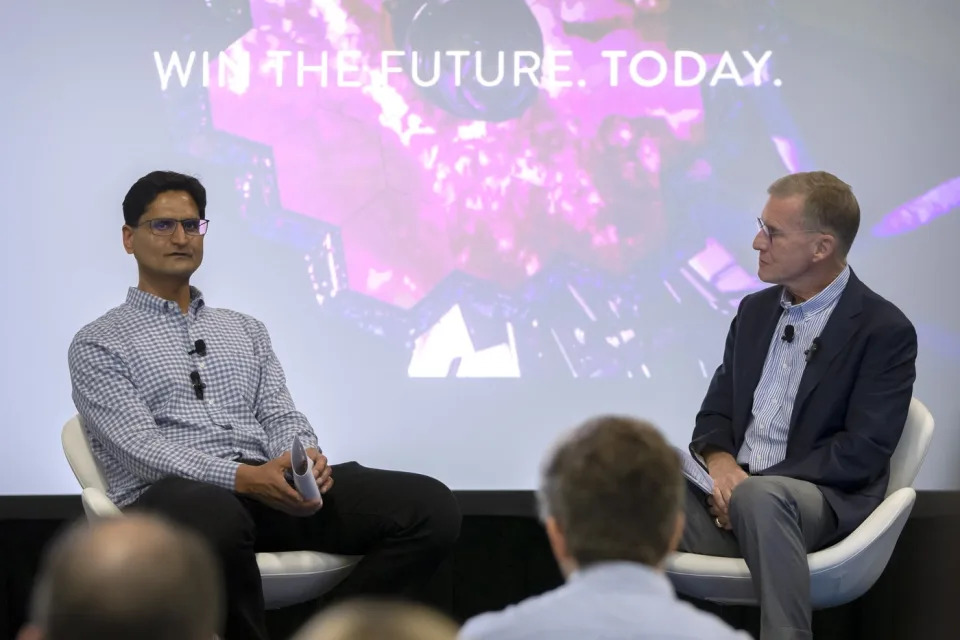Eleanor Pringle
Thu, May 23, 2024

Getty
You're not alone if you ever feel like your boss isn't cut out to be a manager. But it's not just peers who might feel their superior is underqualified—bosses themselves increasingly say they're not equipped for the task.
Management is becoming an increasingly difficult challenge.
Bosses are still trying to manage conversations about hybrid and in-office working patterns and integrate a new generation—Gen Z—into the workforce. Managers are also having to race to keep up with what AI means for their teams and ensure employees are suitably skilled for the tasks ahead.
So it's perhaps no wonder that a new survey has found a significant proportion of bosses feel "overwhelmed" and "underequipped."
66% of managers have had no formal training for their roles and are thus defined as "accidental managers"'" by global recruitment agency Robert Walters.
The business conducted a survey with 2,000 white-collar professionals in the U.K. last month, and found individuals are increasingly being promoted up the ranks without adequate preparation for the move.
In addition to the more than two-thirds of managers who are "accidental," a further 22% said they were "quietly promoted," which entailed being given responsibility for other people without formal acknowledgment, a pay increase, or a title change.
This means a total of more than eight in 10 managers have found themselves in their roles without the clear intention of preparing to become a team leader—hence the perhaps unsurprising figure that 35% of bosses have repeatedly asked their employers for training.
Almost half of those who have asked for support multiple times said they felt "overwhelmed" and "underequipped" for their role.
Gerrit Bouckaert, CEO of the recruitment specialists that work in 31 countries, said the trend of accidental management has become more "pronounced" in recent years.
He added: “Modern-day managers need to cope with remote management, a greater focus on mental health, and the emergence of Gen Zs in the workplace—how do you train someone to handle all of that? In the past, a manager’s primary role was to keep employees motivated and productive—in today’s world they are required to drive the culture and inclusion in the team, lead on digital adoption, possess an innate ability to know if a member of their team is struggling mentally, and also be the bearer of bad news—be it delayed promotions, or muted pay rises.
“New research is even emerging that today’s managers are at risk of ‘empathy burnout’—whereby too much is being asked of them from an emotional perspective."
While the training industry in the U.S. alone is worth more than $100 billion, a one-size-fits-all approach to bring all managers up to speed may not be the silver bullet employers are hoping for.
"It would be amiss of me to say that a standardized management training program will fix the problem—not everyone is the same, and nor should we encourage that," Bouckaert added.
"One thing that is vital but often overlooked is ‘transition’ coaching or mentoring—preparing a professional over a period of time to genuinely be able to ‘step into’ a management position.”
Losing talent
A survey conducted last year of 4,500 British workers had similar results to Robert Walters's—finding that 82% of bosses had no formal management or leadership training.
However, a study conducted by the Chartered Management Institute (CMI) and YouGov also found that businesses were losing talent because of the problem.
Only 27% of staffers said their managers were "highly effective," with half of those who didn't rate their boss saying they planned to leave the company in the next year.
Furthermore, just a third of people said they felt motivated to do a good job.
“Promotions based on technical competence that ignore behavior and other key leadership traits are proving—time and time again—to lead to failings that cause damage to individuals and their employers, not to mention the wider economy’s performance," said Ann Francke, the CEO of CMI.
She added: “On a very practical level, skilled managers should be seen as a reputational insurance policy—they will help prevent toxic behaviors, they will call out wrongdoing, and they will get the best out of their teams.”
This story was originally featured on Fortune.com













